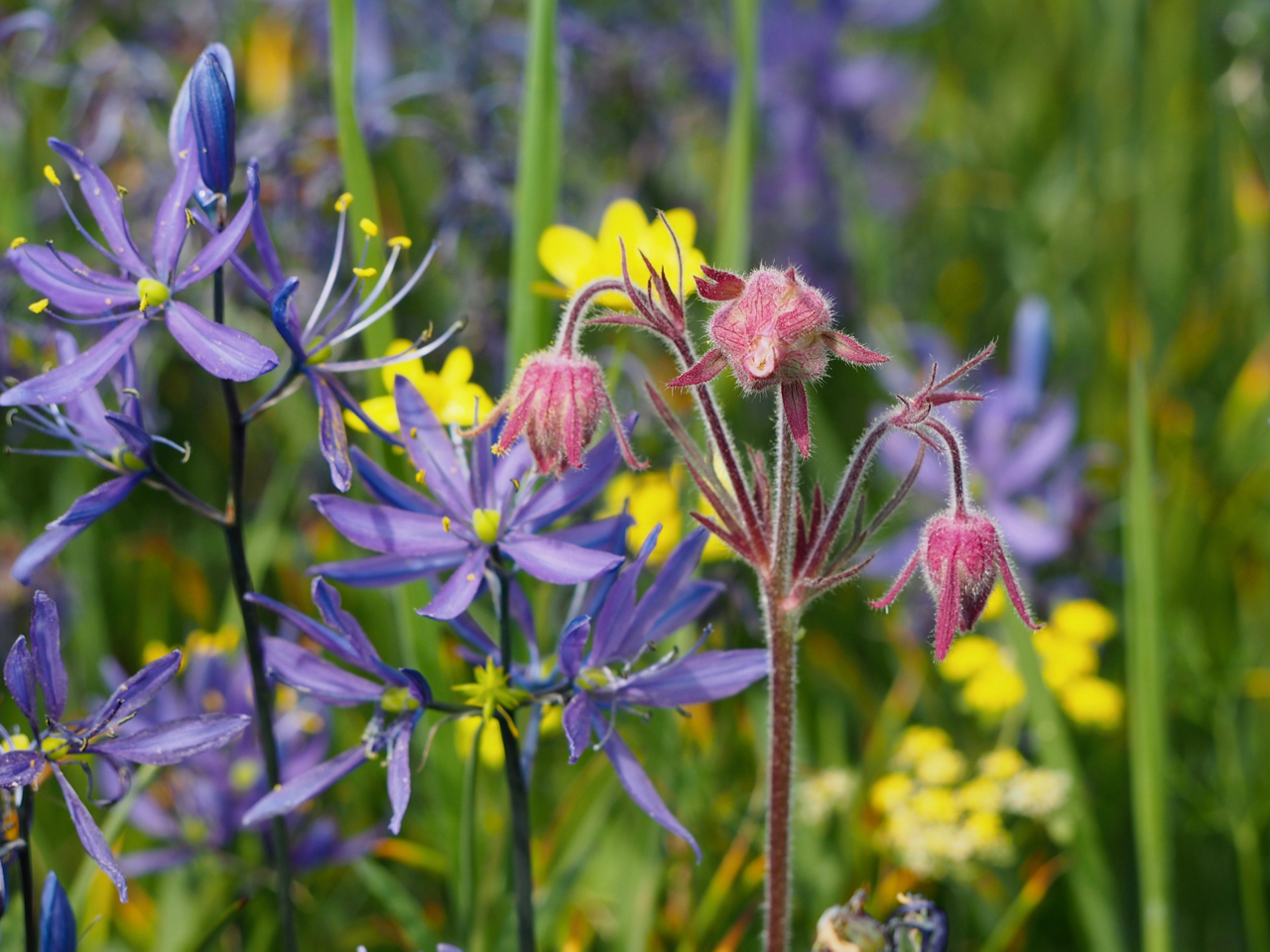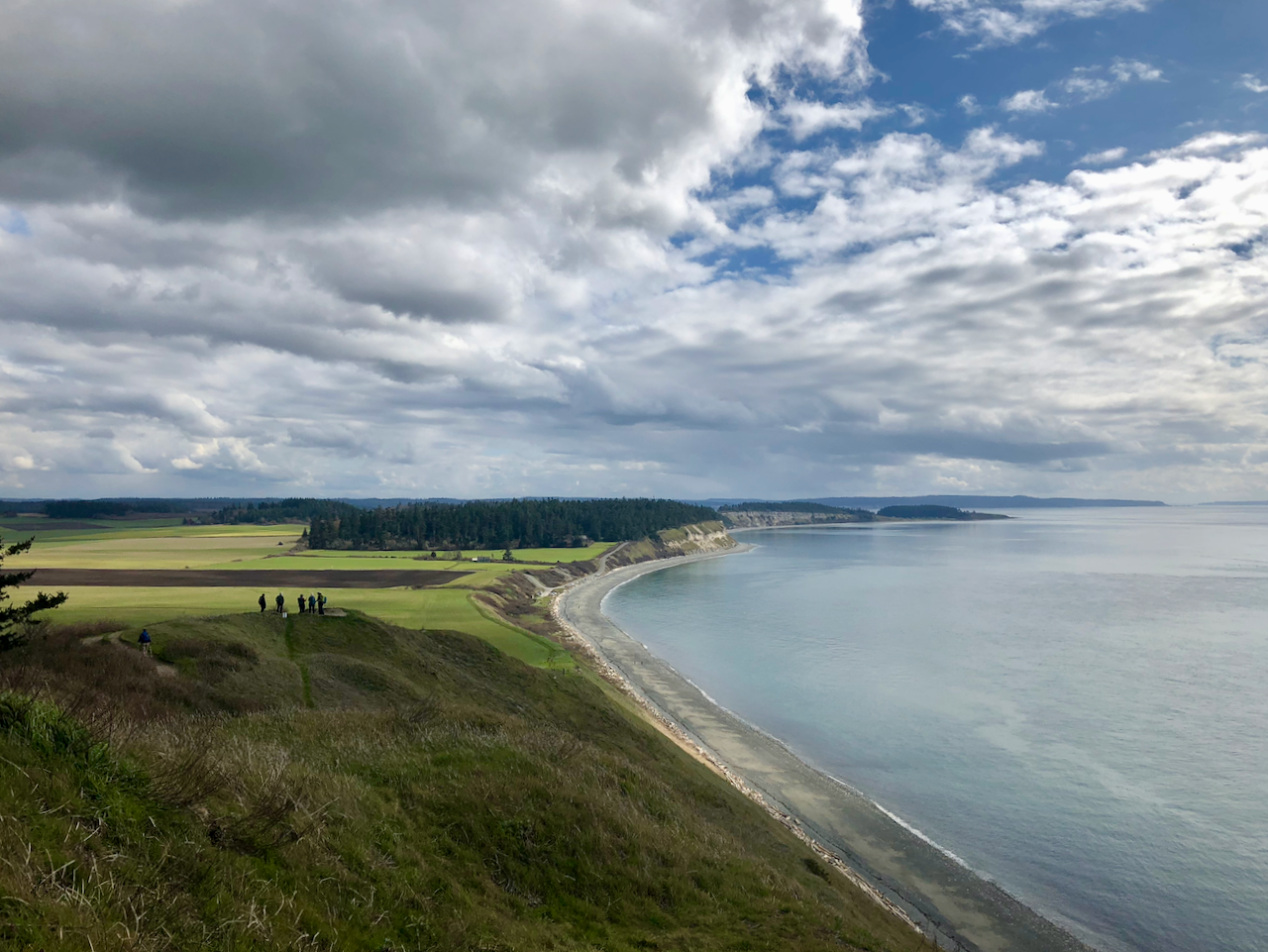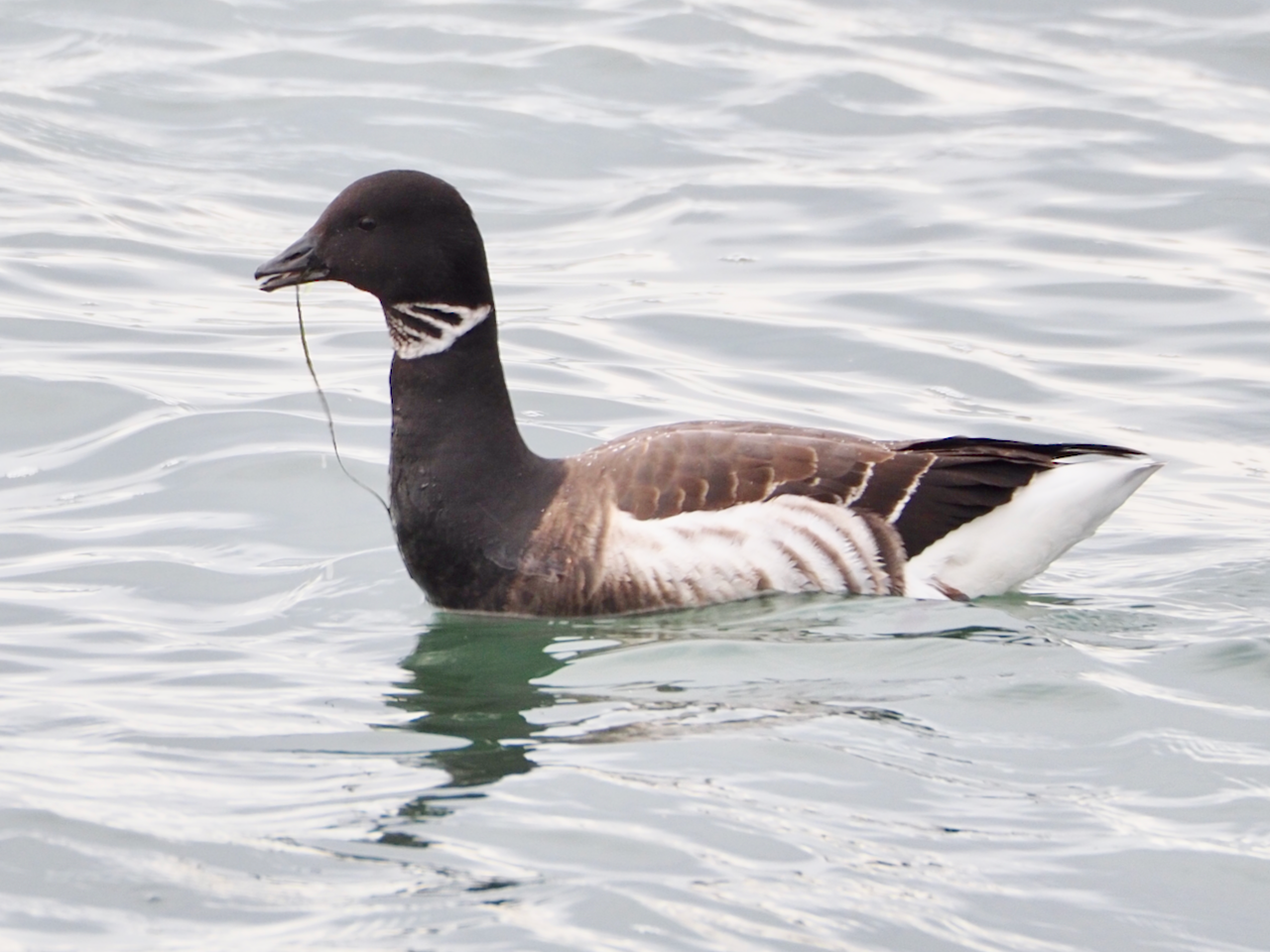
Our May newsletter includes a recommendation to try nature journaling. We also encourage everyone to notice the first blooms of Washington’s state flower, the Pacific Rhododendron, this month. Good places to find them are the Quimper Wildlife Corridor, Miller Peninsula State Park, the Lower Big Quilcene River Trail, and the two-mile, 2000-ft. elevation gain of the Mt. Walker trail. If you prefer to drive to the top, when the road is open you can walk from one viewpoint to the other. Please send us your rhododendron photo or sketch for a collage in our June newsletter.

Justin Journal
During this pandemic, we have written in our newsletters about the physical and mental health benefits of walking in our forests. Japanese researchers found that connecting with nature through shinrin-yoku, or forest bathing, reduces stress, lowers blood pressure, and boosts immunity. In Denmark, the Danish concept of friluftsliv, or living in the free air, promotes spending time in nature. Gretchen Daily, a professor of environmental science at Stanford University, says in The Wall Street Journal, “There’s an urgent need emerging in science and at the gut level to increase the nature experience. This field is just exploding.” Rather than taking 10,000 steps daily, perhaps our goal can be enjoying two hours in nature.









